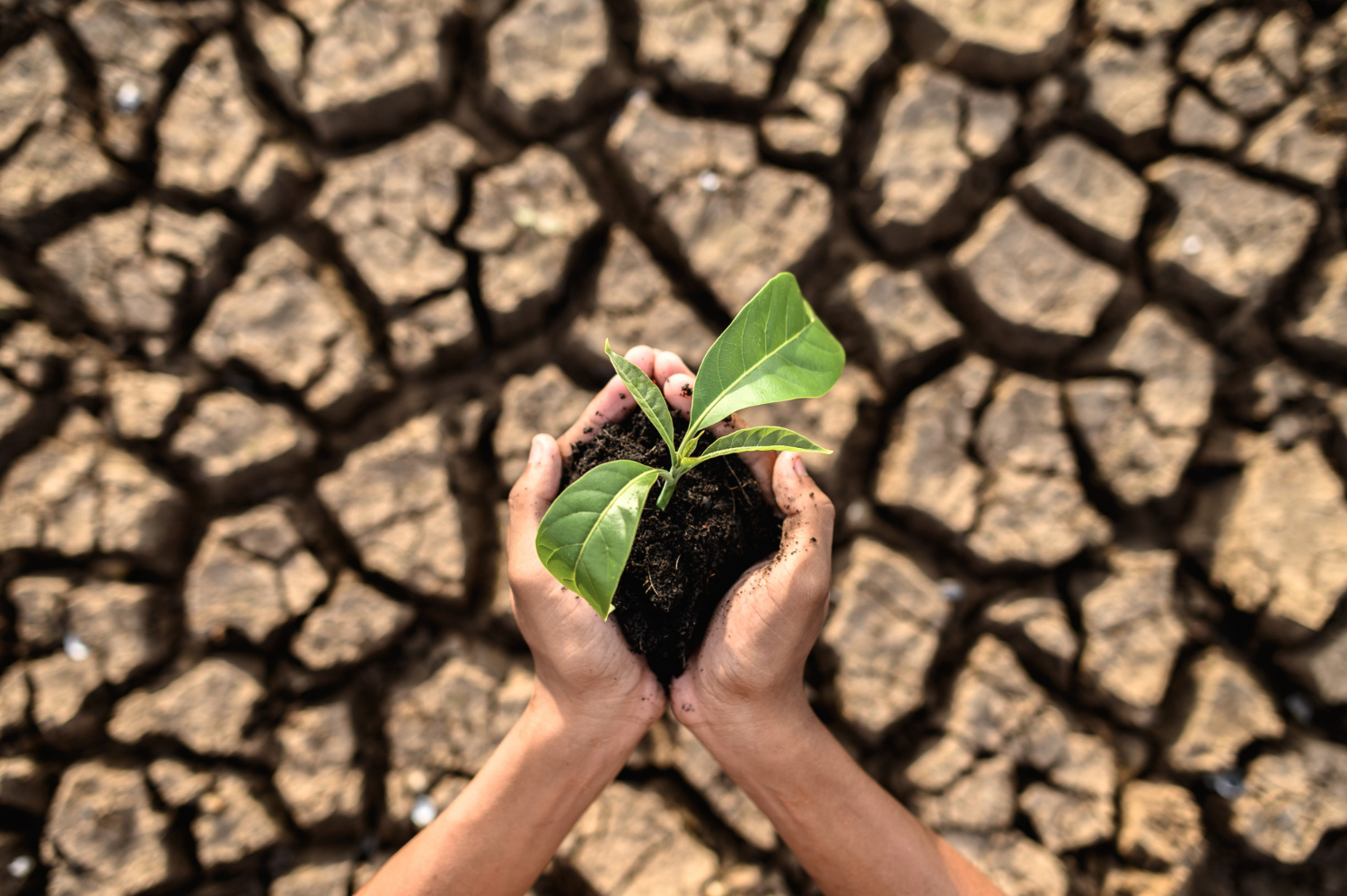Ten years after the Paris Agreement, the world is still struggling to get its act together on climate change. The State of Climate Action 2025 report — published by leading climate institutions like the World Resources Institute and the Bezos Earth Fund — delivers a sobering truth:
Not one of the world’s 45 key climate indicators is on track to meet the 2030 targets needed to limit warming to 1.5°C.
That’s a big deal. The 1.5°C goal isn’t arbitrary — it’s the threshold that separates “dangerous” from “catastrophic” levels of climate change. So, where do we actually stand? Let’s break it down.
⚡ Power: The Heart of the Problem
Electricity generation is the world’s largest source of greenhouse gases, responsible for about 27% of total emissions. Coal, gas, and oil still dominate, even though renewable energy is surging.
The good news? Solar power is now the fastest-growing energy source in human history.
The bad news? We still need to double its growth rate and retire 360 coal plants every year to stay on track for 2030.
The message is clear: the future grid must be clean, reliable, and fully powered by renewables — fast.
🏙️ Buildings: Hidden Energy Hogs
Heating, cooling, and lighting our buildings account for a major chunk of emissions.
Despite advances in energy-efficient design and materials, most new buildings are not yet zero-carbon.
Simple engineering solutions — better insulation, efficient HVAC systems, and switching from gas to electric heating — could make a huge difference. But adoption remains slow.
🏭 Industry: Heavyweight Challenges
Cement, steel, and chemical manufacturing are tough to decarbonize. Some progress has been made — for instance, cement’s carbon intensity dropped by about 7% since 2015 — but steel emissions have stagnated.
The report highlights green hydrogen as a key emerging technology for cleaning up heavy industry, but it’s still far from large-scale deployment.
🚗 Transport: The EV Revolution Slows Down
Electric vehicles (EVs) were once the poster child of climate progress.
By 2024, EVs made up 25% of global car sales — a stunning leap from less than 1% a decade ago.
However, that growth is now slowing, especially in Europe and the U.S., due to reduced subsidies and limited charging infrastructure.
At the same time, emissions from aviation and shipping remain largely unchecked. Public transport systems need to expand five times faster to meet global goals.
🌳 Forests and Land: Losing Nature’s Shield
Deforestation remains one of the most worrying trends.
We’re still cutting down the equivalent of 22 football fields of forest every minute — a pace that hasn’t improved since before the Paris Agreement.
Forests act as carbon sinks, absorbing CO₂ from the atmosphere. Losing them not only increases emissions but also threatens biodiversity and water security.
To fix this, reforestation and sustainable land-use practices must accelerate ninefold this decade.
🍽️ Food and Agriculture: What’s on Our Plate Matters
Agriculture produces greenhouse gases through livestock (methane) and fertilizers (nitrous oxide).
Solutions include:
- Eating less red meat in high-consuming countries
- Improving fertilizer efficiency
- Reducing food waste
Farm productivity must rise without expanding farmland — a major engineering and innovation challenge in its own right.
🧪 Carbon Removal: Catching CO₂ Out of Thin Air
Technologies that pull carbon dioxide directly from the air, such as Direct Air Capture (DAC), are gaining momentum.
But they’re still small-scale. To meet 2030 targets, the world would need to build nine massive carbon capture plants every month.
That’s an engineering moonshot — but one that’s increasingly being taken seriously by startups and governments.
💰 Finance: Follow the Money
Clean energy investment hit $2 trillion in 2024, roughly double fossil fuel spending.
Yet we still need nearly $1 trillion more per year to fund climate solutions — especially in developing countries.
Private finance is growing fast, but public finance (from governments and development banks) is lagging behind. Without that, poorer nations can’t afford to transition their energy and agriculture systems.
🌦️ Why This Matters
The report’s tone is serious but not hopeless.
It reminds us that climate action is no longer about whether we can transition — it’s about how fast we do it.
Every fraction of a degree matters:
- 1.5°C means hardship and adaptation.
- 2°C means widespread damage to lives and ecosystems.
- 3°C means a fundamentally different planet.
🔧 What Engineers and Innovators Can Do
As an engineer or technologist, you’re part of the solution:
- Design cleaner energy systems
- Optimize industrial processes
- Develop low-carbon materials
- Reimagine cities for efficiency
- Innovate in carbon capture, storage, and reuse
The world doesn’t just need policies — it needs engineering breakthroughs, scaled up rapidly and deployed globally.
🧭 Final Thoughts
The State of Climate Action 2025 is both a warning and a guide.
We’ve made impressive technological strides — but they’re not yet happening fast enough. If the 2015 Paris Agreement was about vision, the 2020s are about execution.
The world has the tools.
Now it needs the will — and the engineers — to use them.
Sources:
State of Climate Action 2025 (World Resources Institute, ClimateWorks Foundation, Bezos Earth Fund, and partners).




